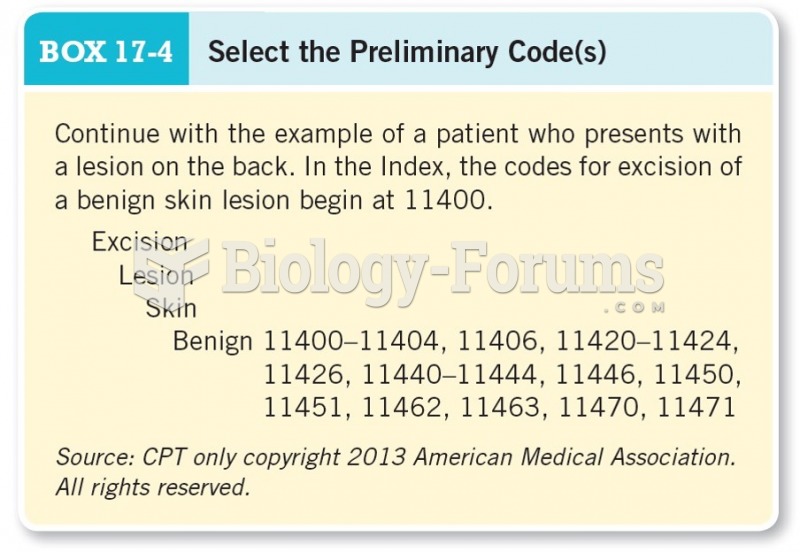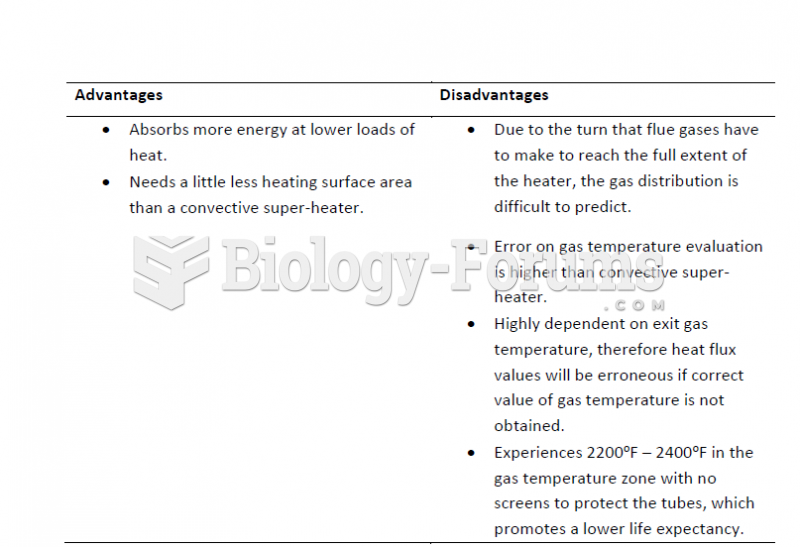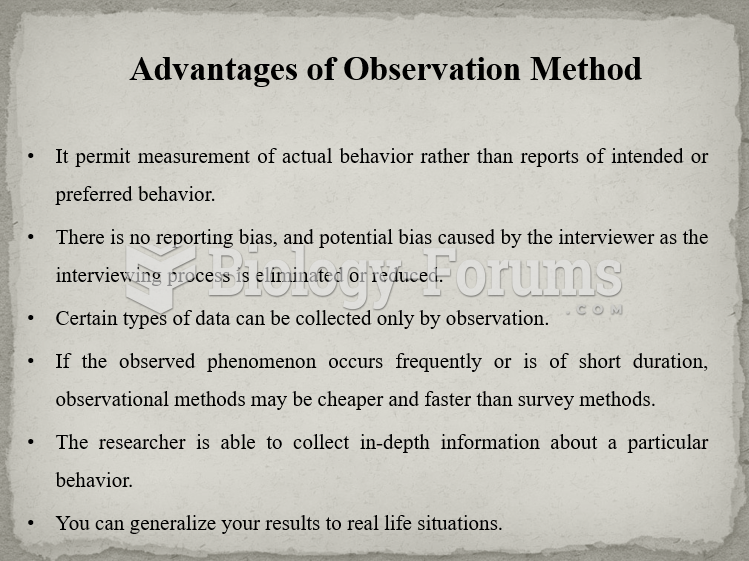Answer to Question 1
In the second wave of electronic commerce, companies are integrating new types of tracking into their Internet-based materials-tracking systems. The most promising technology now being used is Radio Frequency Identification Devices (RFIDs), which are small chips that use radio transmissions to track inventory. RFID technology has existed for many years, but until recently, it required each RFID to have its own power supply (usually a battery). RFIDs can be read much more quickly and with a higher degree of accuracy than bar codes. Bar codes must be visible to be scanned. RFID tags can be placed anywhere on or in most items and are readable even when covered with packing materials, dirt, or plastic bands. A bar-code scanner must be placed within a few inches of the bar code. Most RFID readers have a range of about six feet.
Answer to Question 2
Trading partners can implement the EDI network and EDI translation processes in several ways. Each of these ways uses one of two basic approaches: direct connection or indirect connection. The first approach, called direct connection EDI, requires each business in the network to operate its own on-site EDI translator computer. These EDI translator computers are then connected directly to each other using leased telecommunication lines. Because dedicated leased-lines are expensive, only a few very large companies still use direct connection EDI
To send an EDI transaction set to a trading partner, the VAN customer connects to the VAN using a dedicated telecommunications line and then forwards the EDI-formatted message to the VAN. The VAN logs the message and delivers it to the trading partners mailbox on the VAN computer. The trading partner then dials in to the VAN and retrieves its EDI-formatted messages from that mailbox. This approach is called indirect connection EDI because the trading partners pass messages through the VAN instead of connecting their computers directly to each other.







